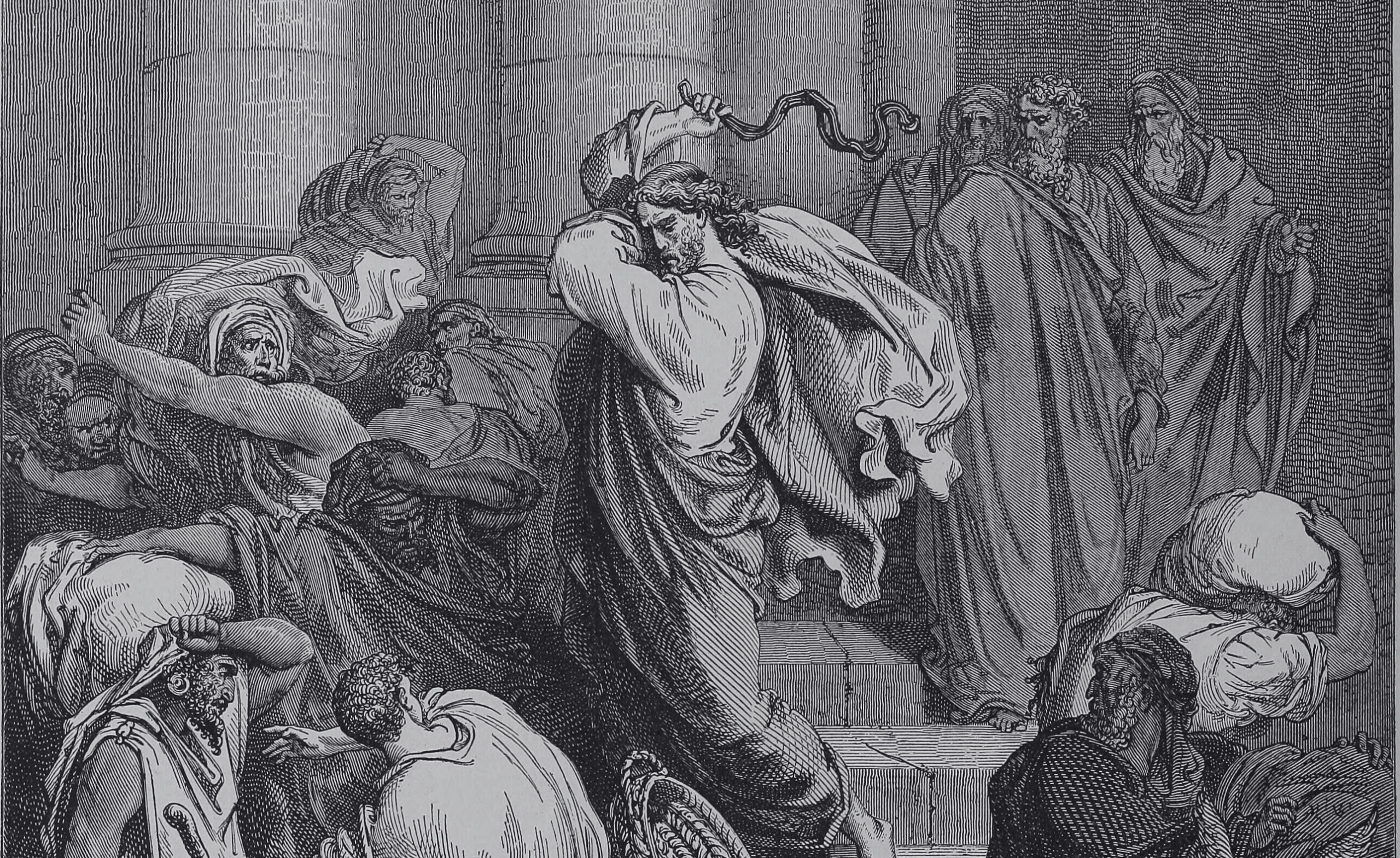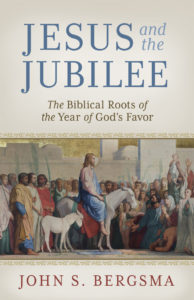By Clement Harrold

Did Jesus have a grudge against fig trees? Was He clueless about horticultural seasons? Or might there be more going on than meets the eye?
The story of Jesus cursing the fig tree is famous for its strangeness. It’s one of those Gospel passages that homilists dread, and for many Christians the whole episode is nothing short of baffling. Famously, the 20th century atheist philosopher Bertrand Russell regarded the cursing of the fig tree as evidence that Jesus was less intelligent than Socrates or Buddha. (An inference which itself raises the question as to whether Bertrand Russell was more intelligent than a fig tree.)
Certainly we can concede that the story of the fig tree appears confusing on the surface. But if we resist the temptation to engage in lazy forms of exegesis, pretty quickly the story begins to make a whole lot more sense—just as soon as we start appreciating the symbolic nature of what Jesus is doing.
Let’s first recap exactly how the episode unfolds. In Matthew’s account, Jesus is heading into Jerusalem, and He encounters the fig tree with nothing but leaves on it. In an apparent burst of anger, Jesus curses the tree (“May no fruit ever come from you again!”) and the disciples are taken aback when it immediately begins to wither (see Mt 21:18-22). In Mark’s account, by contrast, the interaction with the fig tree takes place over a couple of days. This time we are told that Jesus approaches the tree because He is hungry, yet He is disappointed to find nothing but leaves, “for it was not the season for figs” (Mk 11:13).
After cursing the tree in Mark’s narrative, Jesus then enters Jerusalem and begins His dramatic cleansing of the Temple, driving out the money-changers and merchants (see Mk 11:15-19). The next day, when Jesus departs the city, His disciples are shocked to discover that the fig tree has withered to its roots; a process of decay that would typically take years has seemingly occurred overnight (see Mk 11:20-25)!
What, then, are we to make of the different chronologies favored by Matthew and Mark? Did the cursing of the fig tree happen all at once (Matthew), or did it take place over a couple of days (Mark)?
Here either answer could be correct. We know that Matthew likes arranging his Gospel thematically, so even if the episode took place over two days, he may have preferred to narrate it as a single event for literary reasons. Mark, on the other hand, is famous for his literary “sandwiches” which interrupt one story with another, seemingly unrelated story. Hence it is possible that the cursing and withering of the fig tree occurred all at once, but Mark opts to insert the cleansing of the Temple in media res for the sake of a larger theological or literary point.
Whichever of these theories is historically correct, it is Mark’s account which is most helpful for enabling us to understand the deeper meaning of the story. In an ingenious literary move, Mark has deliberately placed the cursing of the fig tree as bookends on either side of the cleansing of the Temple, thereby ensuring that the two events are read and understood in light of one another.
Recall that in the middle of our Markan sandwich, Jesus angrily sets to work cleansing the Temple, and He does so while citing two different Old Testament texts: “Is it not written, ‘My house shall be called a house of prayer for all the nations’? But you have made it a den of robbers” (Mk 11:17).
The idea of the Temple being a house of prayer for all nations is drawn from Isaiah 56, which proclaims that Gentiles will come to Mount Zion to worship together with God’s people. Jesus is furious that the Temple authorities have allowed the outer precinct, known as the “court of Gentiles,” to be turned into a marketplace. In this context, Jesus’s actions can be understood as paving the way for a return to Isaiah’s vision of all peoples worshiping God alongside one another.
Of the two verses Jesus cites, however, it is the second which bears more directly on the cursing of the fig tree. Jesus accuses the Temple authorities of turning the house of God into a “den of robbers,” which is an allusion to Jeremiah 7:11. The verse occurs within Jeremiah’s scathing Temple sermon, where he prophesied that God intends to destroy the First (i.e. Solomon’s) Temple.
What’s all this got to do with fig trees? New Testament scholar Richard B. Hays has suggested the answer comes in the surrounding context of Jeremiah’s Temple sermon, where we find this poignant verse:
When I would gather them, says the Lord, there are no grapes on the vine, nor figs on the fig tree; even the leaves are withered, and what I gave them has passed away from them. (Jer 8:13)
Mark apparently intends for Jesus’s cursing of the fig tree to remind his readers of Jeremiah 8, where Israel is depicted as a barren fig tree. This image is then reinforced by Jesus’s cleansing of the Temple, where His reference to “a den of robbers” is meant to draw the reader’s attention to Jeremiah 7, in which the Old Testament prophet foretold the destruction of the First Temple, and of Judea as a whole.
By reading the cursing of the fig tree and the cleansing of the Temple conjointly, the reader of Mark thus realizes the full force of what Jesus is doing. Like Jeremiah before Him, Jesus is portending the devastation that will be wreaked in the Jerusalem Temple, and on Judea more broadly (see Mk 13:1-2). He reveals this to His disciples through the cursing of the fig tree, as well as publicly through His cleansing of the Temple and His labeling it a den of robbers.
We can therefore be confident that even if Jesus, in His human hunger, wished the tree had figs, still He doesn’t curse it simply on account of its obeying the laws of nature. Rather, He curses the tree because it stands as a symbol for unfaithful Israel, who has failed to bear fruit in due season. Because Israel has failed to satiate the divine hunger for her heart, she will no longer serve as the world’s source of spiritual fruit. This reality is prefigured in the withering of the fig tree and the cleansing of the Temple, and emphatically affirmed forty years later in the Romans’ destruction of Jerusalem in A.D. 70.
Finally, on a moral level, it is worth noticing that the fig tree bore “nothing but leaves” (Mk 11:13). From a biblical standpoint, fig leaves are noteworthy for being used by Adam and Eve to cover their nakedness following their first sin (see Gen 3:7). In this sense, the fig tree in the Gospels is symbolic of a people who have no spiritual life; only shame and sin remain. Happily, Jesus arrives on the scene to condemn this state of affairs. He desires to undo the sin of our first parents by cursing our sin and shame, restoring our former beauty, and making known His offer of salvation “for all peoples” (Is 56:7).
Further Reading:
Richard B. Hays, Reading Backwards: Figural Christology and the Fourfold Gospel Witness (Baylor University Press: 2016)
Clement Harrold earned his master’s degree in theology from the University of Notre Dame in 2024, and his bachelor’s from Franciscan University of Steubenville in 2021. His writings have appeared in First Things, Church Life Journal, Crisis Magazine, and the Washington Examiner.
You Might Also Like
Jubilee means joy—a joy that’s not fleeting, a joy that lasts.
In biblical times, a jubilee was a time to rejoice. And this is still the case when the Church announces a jubilee.
In Jesus and the Jubilee, biblical scholar John Bergsma gets to the roots of the jubilee, showing how this practice was established in order to preserve freedom, family, and the fullness of God’s blessing for the ancient Israelites.
But what the Israelites were promised by God—and experienced partially—was truly fulfilled by Jesus. As Jesus and the Jubilee reveals, the Catholic Church is the perpetual jubilee, offering redemption, release from spiritual bondage, return to our true home and family, and rest in God’s fullness.
Discover how the jubilee is the very center of Jesus’s mission and how we can fully participate in this ongoing “year of favor.”










